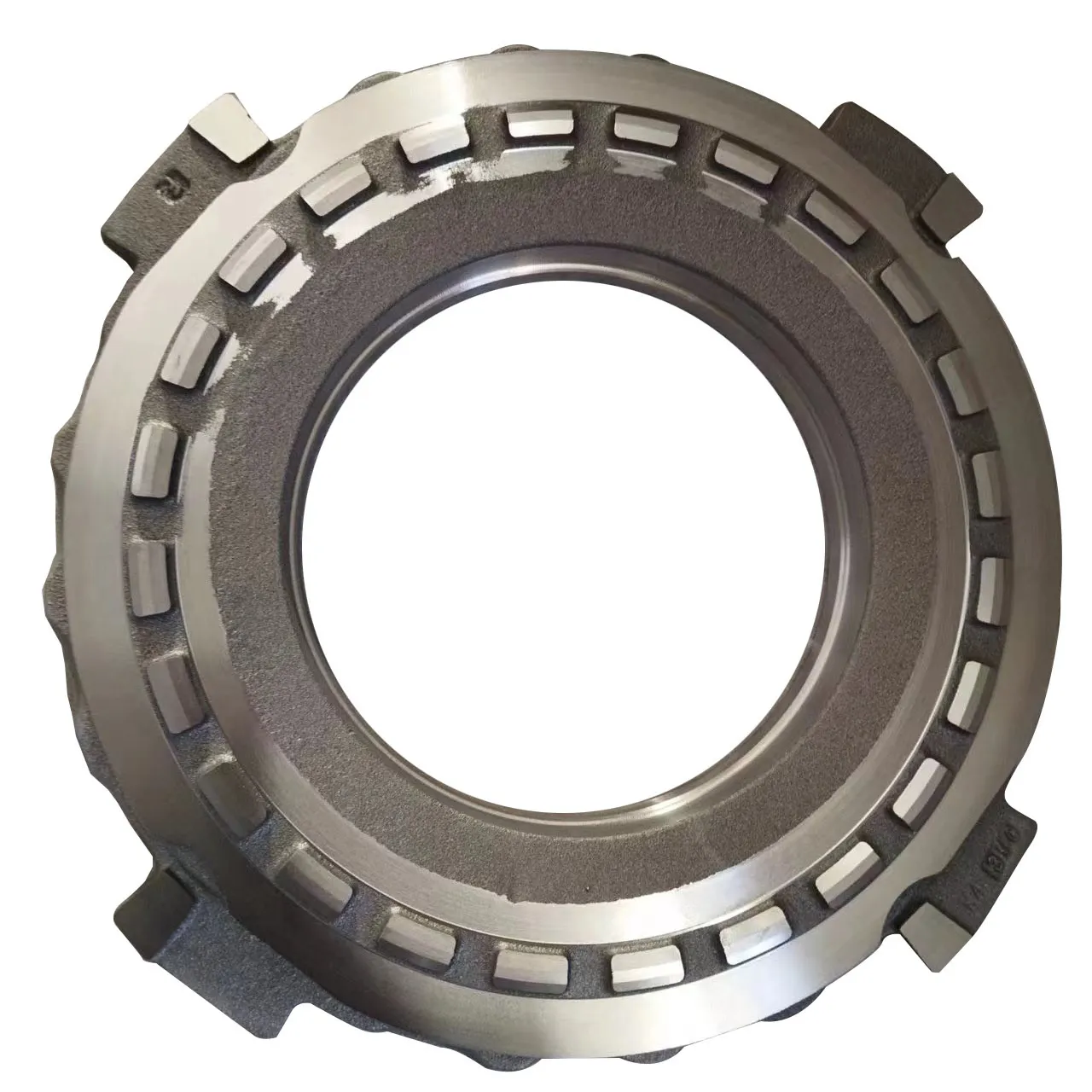The clutch pressure plate is a vital part of a vehicle’s clutch assembly, working in conjunction with the clutch disc and flywheel to engage and disengage power transmission from the engine to the gearbox. When the driver presses the clutch pedal, the pressure plate releases the clutch disc, allowing gear changes. When the pedal is released, the pressure plate clamps the disc against the flywheel, ensuring power transfer.
The numerical designation in these pressure plate models directly correlates with their torque capacity and physical dimensions. The 325 series represents the most compact design in this grouping, featuring a 228-235mm outer diameter suitable for subcompact vehicles and small displacement engines (typically below 1.6L). Progressing through the range, each model incrementally increases in both size and load capacity, culminating in the 430 series with its 280-285mm diameter designed for light commercial vehicles and high-torque passenger cars.
All models share a common diaphragm spring architecture but demonstrate critical variations in spring geometry and pressure plate mass. The 325 and 350 models utilize a single-stage spring rate design optimized for smooth engagement in basic transportation applications. In contrast, the 395 through 430 series incorporate progressive spring rates that provide higher initial clamp loads while maintaining driver comfort through modulated engagement characteristics.
Transmits Engine Power: Maintains friction contact with the clutch disc.
Smooth Engagement/Disengagement: Ensures seamless gear shifting.
Heat & Wear Resistance: Withstands high friction and thermal stress.
Key Materials Used
Pressure Plate Body: Made from cast iron or steel for durability.
Friction Surface: High-carbon steel with heat-resistant coatings.
Diaphragm Spring: High-grade spring steel (SAE 5160 or similar) for elasticity and fatigue resistance.
Clamping Mechanism: Hardened steel rivets/bearings for smooth operation.
Manufacturing Process
Casting/Forging: The main body is cast or forged for structural integrity.
Machining: CNC machining ensures precise dimensions.
Heat Treatment: Enhances strength and wear resistance.
Surface Coating: Anti-corrosion and heat-resistant treatments.
Assembly: Springs, levers, and bearings are installed before balancing.
When manufacturing or sourcing clutch pressure plates, consider:
Clamping Force: Must match vehicle specifications (too weak = slippage; too strong = harsh engagement).
Heat Dissipation: Proper ventilation and material choice prevent warping.
Compatibility: Must fit specific clutch disc and flywheel dimensions.
Durability: High-quality springs and coatings extend service life.
1. What is a clutch pressure plate and what does it do?
A clutch pressure plate is a key component of the clutch system. It applies pressure to the clutch disc, which in turn transmits engine power to the transmission. When the clutch pedal is pressed, the pressure plate releases the disc to disengage the engine from the drivetrain.
2. How can I tell if my clutch pressure plate is failing?
Common signs include difficulty shifting gears, a slipping clutch, strange noises when pressing the clutch pedal, or a burning smell. If you experience any of these symptoms, the pressure plate may be worn or damaged and should be inspected.
3. How long does a clutch pressure plate last?
The lifespan varies depending on driving style, vehicle type, and conditions, but typically a clutch pressure plate lasts between 50,000 to 100,000 kilometers (30,000 to 60,000 miles). Heavy-duty or high-performance applications may wear out sooner.
4. Can I replace only the pressure plate without changing the entire clutch kit?
It’s not recommended. When replacing the pressure plate, it's best to replace the entire clutch kit (pressure plate, clutch disc, and release bearing) to ensure balanced performance and avoid future problems.
5. What materials are used in a quality clutch pressure plate?
High-quality pressure plates are usually made from cast iron or forged steel with high heat resistance. The friction surface is treated for durability, and the diaphragm spring is designed for consistent pressure and long service life.





